By: Yasmin Smith
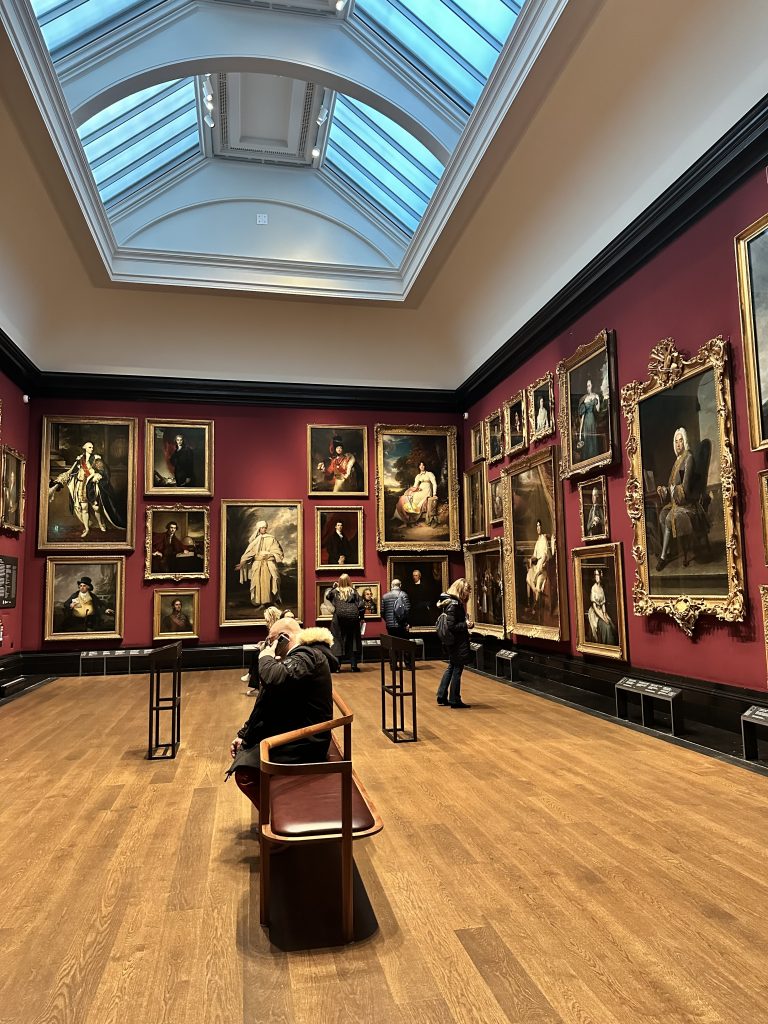
Visiting the Taylor Wessing Portrait Prize Exhibit at the National Gallery, I anticipated encountering compelling and thought-provoking portraiture. However, I found the collection to be overwhelmingly strange and, at times, difficult to appreciate. While I understand that contemporary portraiture often pushes the boundaries of societal norms, many pieces on display left me questioning the criteria for selection.
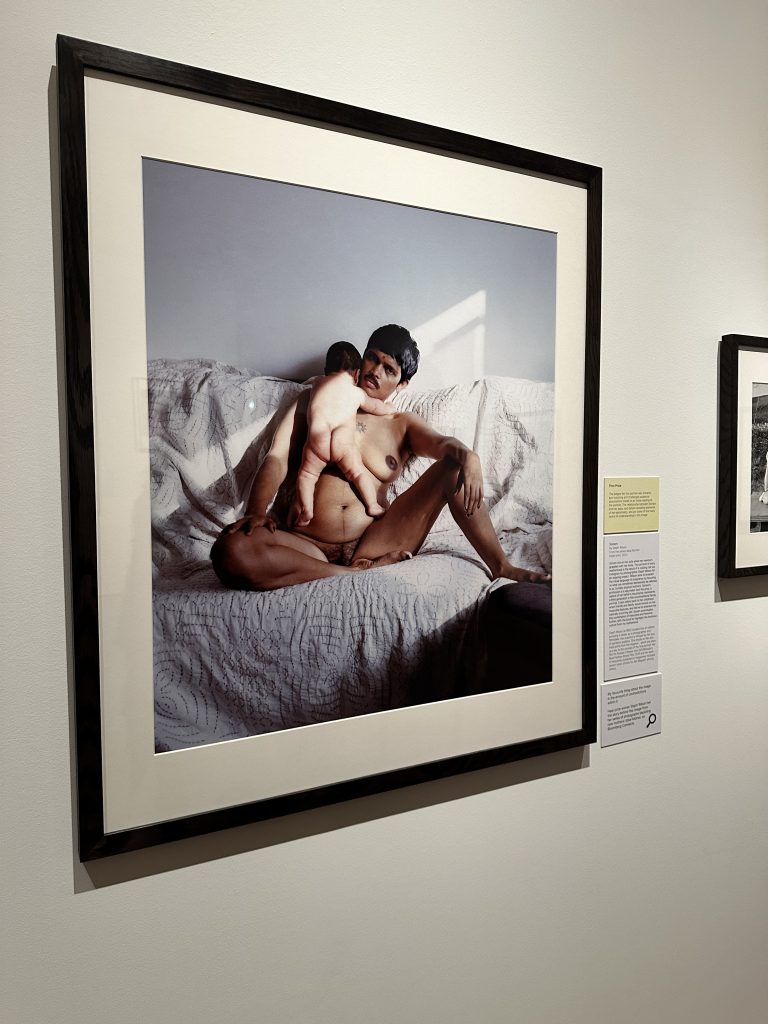
The first-place winner, Sonam by Steph Wilson, portrays a nude woman with a masculine appearance, close-cut hair, and a mustache, with her (also nude) baby clinging to her chest. While the piece challenges traditional representations of motherhood and is certainly provocative, I struggled to see its artistic merit. Instead of evoking a deep emotional or intellectual response, it felt bizarre simply for the sake of being bizarre. This trend was evident in many portraits throughout the exhibit, which seemed to prioritize shock value over genuine storytelling or technical skill. A notable example is All Eyes on Me by Latoya Okuneye, which shows a nearly nude woman dancing in a corset, adorned with star-shaped stickers over her nipples, red tights, and a thong, set in a domestic environment. The intent behind this image was largely unclear without reading the description, and it appeared to favor shock over substance.
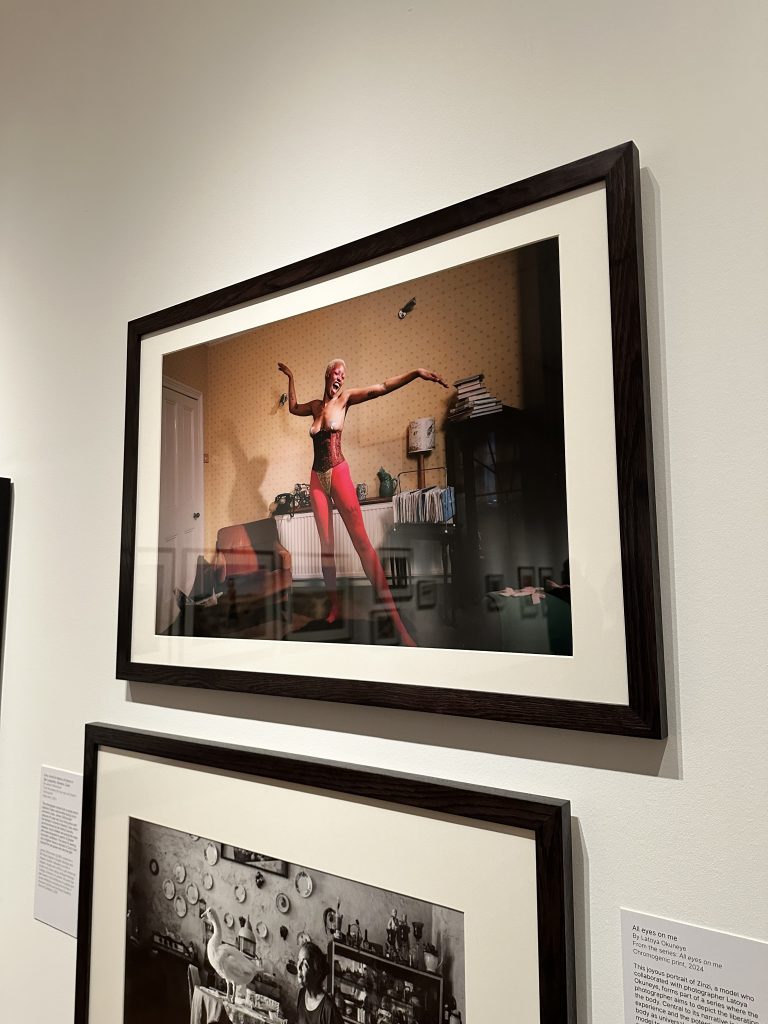
Another portrait, Tobias coming back from church by Wayne Hanson, featured a man in a blue tracksuit standing before a storefront covered in newspapers. The photographer recounted that he noticed the scene after church and felt compelled to capture it, later returning with his camera. He encountered Tobias, whose attire supposedly matched the tones of the newsprint, and took the photograph. Personally, this image largely lacked depth and narrative, appearing as a spontaneous snapshot rather than a thoughtfully composed piece of art.
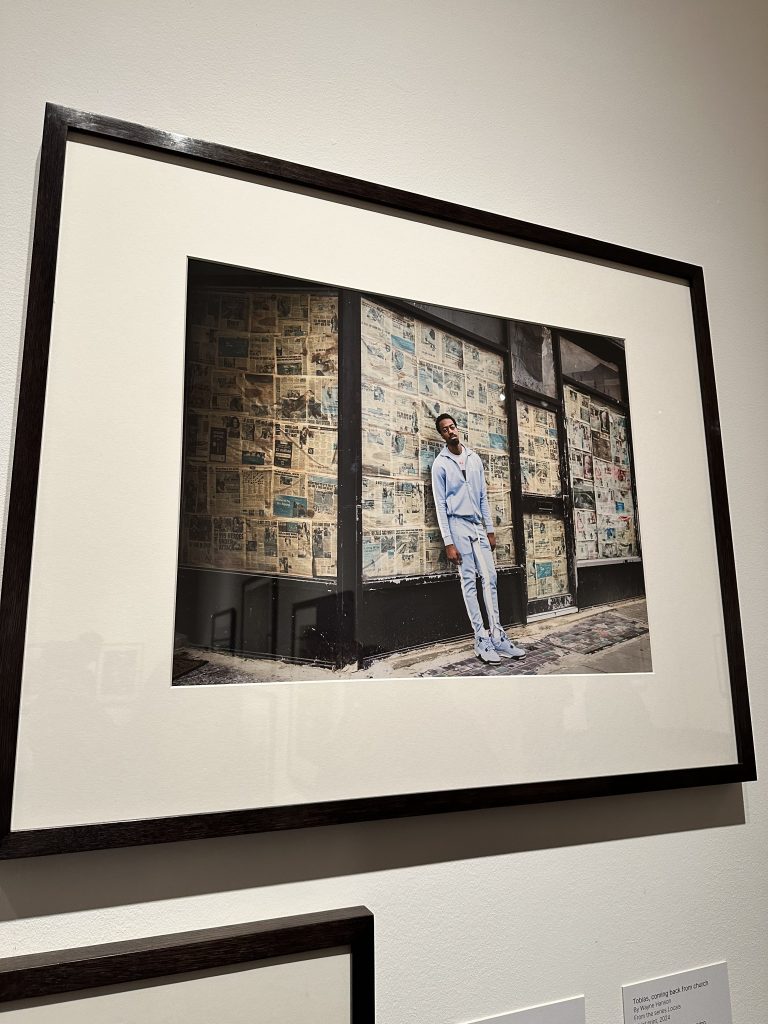
In contrast, Lovers by Kovi Konowiecki offered a more captivating piece. This overhead shot of a couple embracing in a field conveyed a profound sense of intimacy and connection, hinting at deeper meanings about the individuality of love and relationships. It particularly stood out as a work with genuine emotional resonance amidst a collection of otherwise unusual pieces.
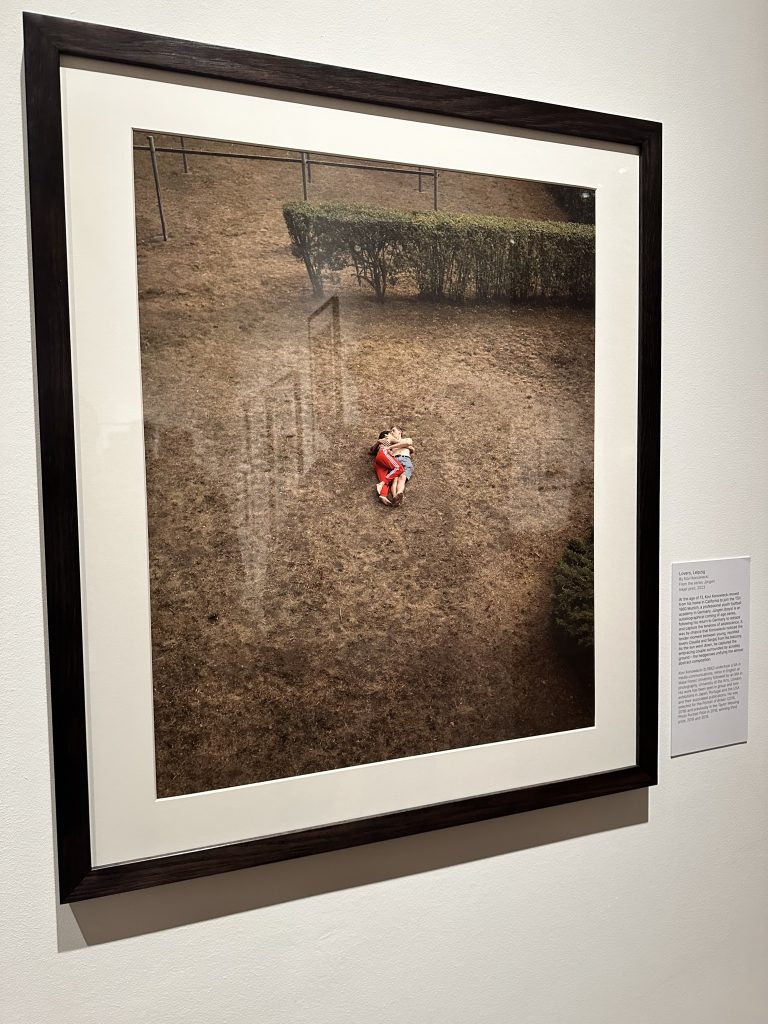
Art is inherently subjective, and while the attempts to challenge norms and provoke thought can be appreciated, many works in this exhibit seemed more focused on the act of doing so rather than actually conveying meaningful narratives or showcasing technical skill. Compared to the rest of the National Portrait Gallery, where artworks tell rich and engaging stories, this exhibit felt lacking in that depth and connection.
In summary, while the Taylor Wessing Portrait Prize Exhibit aims to celebrate innovative photography, I found it more perplexing than inspiring. For those in search of portraits with emotional depth and compelling stories, the broader collections of the National Portrait Gallery provide a more fulfilling experience.

Leave a Reply